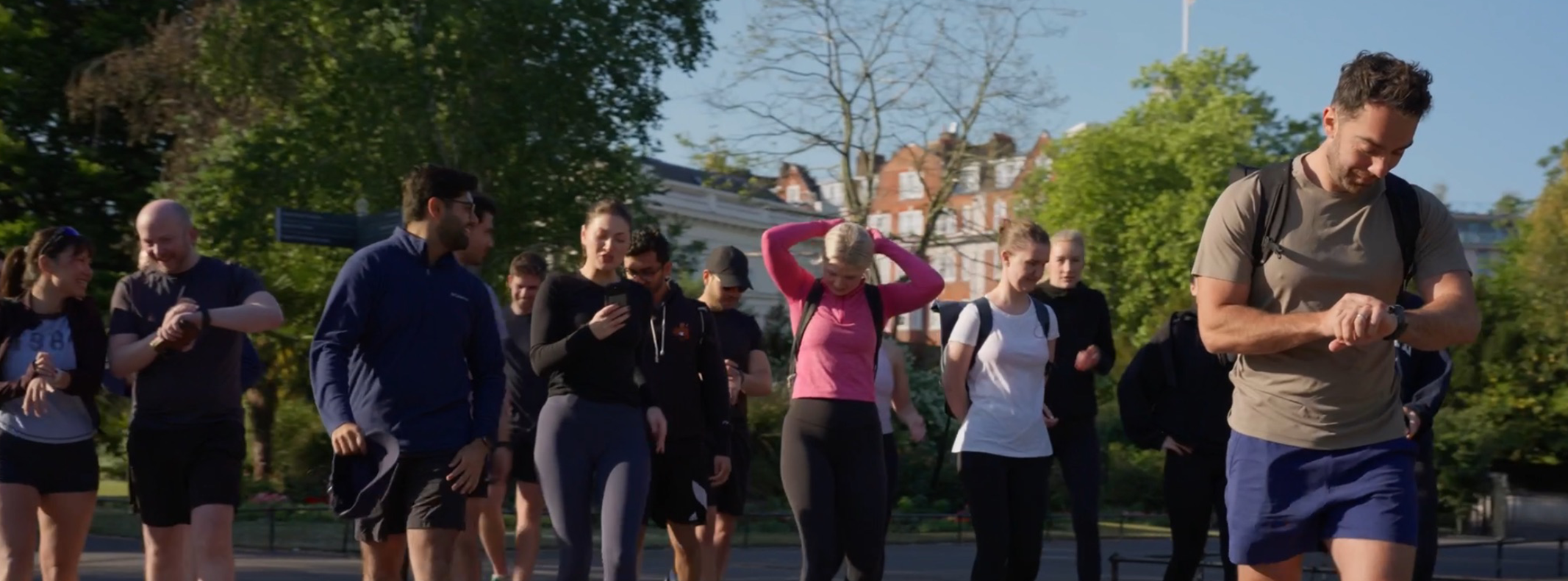Chances of survival: Healthtech and the rigours of regulation
Get the all clear from the United States’ Food and Drug Administration (FDA) and you’re pretty much good to go with your new healthtech product. Getting to that point however is a huge challenge. So what can we learn from those who have been there and done it?
The FDA currently classifies 1,700 generic types of device across 16 medical panels. This can make it hard to draw out general rules of thumb, but we know that the likely time span for the regulation process spans from 6 to 18 months. Approval rates are in fact very high (98%). But this figure hides the casualties of those who don’t even make it to the finish line and drop out before the decision is even made. In many cases, these companies simply run out of money. As our recent Future of Health deep dive discovered, the secret to success (and where failure happens) is in the pre-preparation stage. The lead up to submission can – and should – constitute a big chunk of time and resource before the official procedure gets underway and then needs to continue alongside the FDA process itself. All the signs are that it is time well spent. Lack of the right clinical information, not surprisingly, delays the process. Other delays, beyond your control, can also happen, so realistic (if not pessimistic) timelines, along with comfortably long runways ensure the best chance of success.
Preparation and collaboration
Our portfolio company Elvie recently secured FDA approval for their second hardware product, the world’s first silent, wearable breast pump. The key to their success was simple: preparation. A specialist lawyer was hired to guide the process and ensure constant communication with the FDA through every step. Building the right relationships and knowing what was needed before it was asked for contributed as much to the outcome as getting the legal and administrative intricacies right. It can take 30 days just to arrange a phone call with the FDA, so realistic time frames and future planning were all part of the winning mix for Elvie.
Software startups
We’re talking here about hardware devices, but healthtech is evolving fast. Since 2017, the FDA has been developing a regulatory programme for Software as a Medical Device (SaMD). Examples of these sorts of products would be software that diagnoses a stroke by analysing MRI images, or one that tracks the size of a patient’s mole over time to determine the risk of melanoma. This new movement within the FDA will provide a more robust, accurate and hopefully efficient process for software start-ups going forward, who historically had to fit into the hardware-based regulatory system.
Beyond the US
Europe has its own equivalent of the FDA, the CE (Conformité Européenne). Historically the CE has differed from its US equivalent in focusing more on safety and technical performance. The FDA is intent on safety too, but it also looks closely at efficacy and how your product will fit into the rest of the market – its appropriateness and necessity. It has generally been thought that CE approval is easier to obtain than the FDA’s, but this is changing. As of May 2020, the CE is switching from the current Medical Devices Directive (MDD) to a new Medical Device Regulation (MDR) system. The regulation process is expected to take four times longer, with more stringent classifications of devices regarding levels of risk. What will this mean for startups? An even greater need to build contingencies into their business plans for lengthy, possibly costly, preparation work.
Embracing necessity
This is a story of realism over pessimism. If the regulation procedure is understood, collaborated with and properly resourced, then the chances are high that your product will gain the approvals it needs to be a global success. High standards benefit everyone in the long term. Good planning, guidance and advice in the shorter term will get your company where it needs to be, strengthened and underpinned by the world’s highest regulatory standards.













